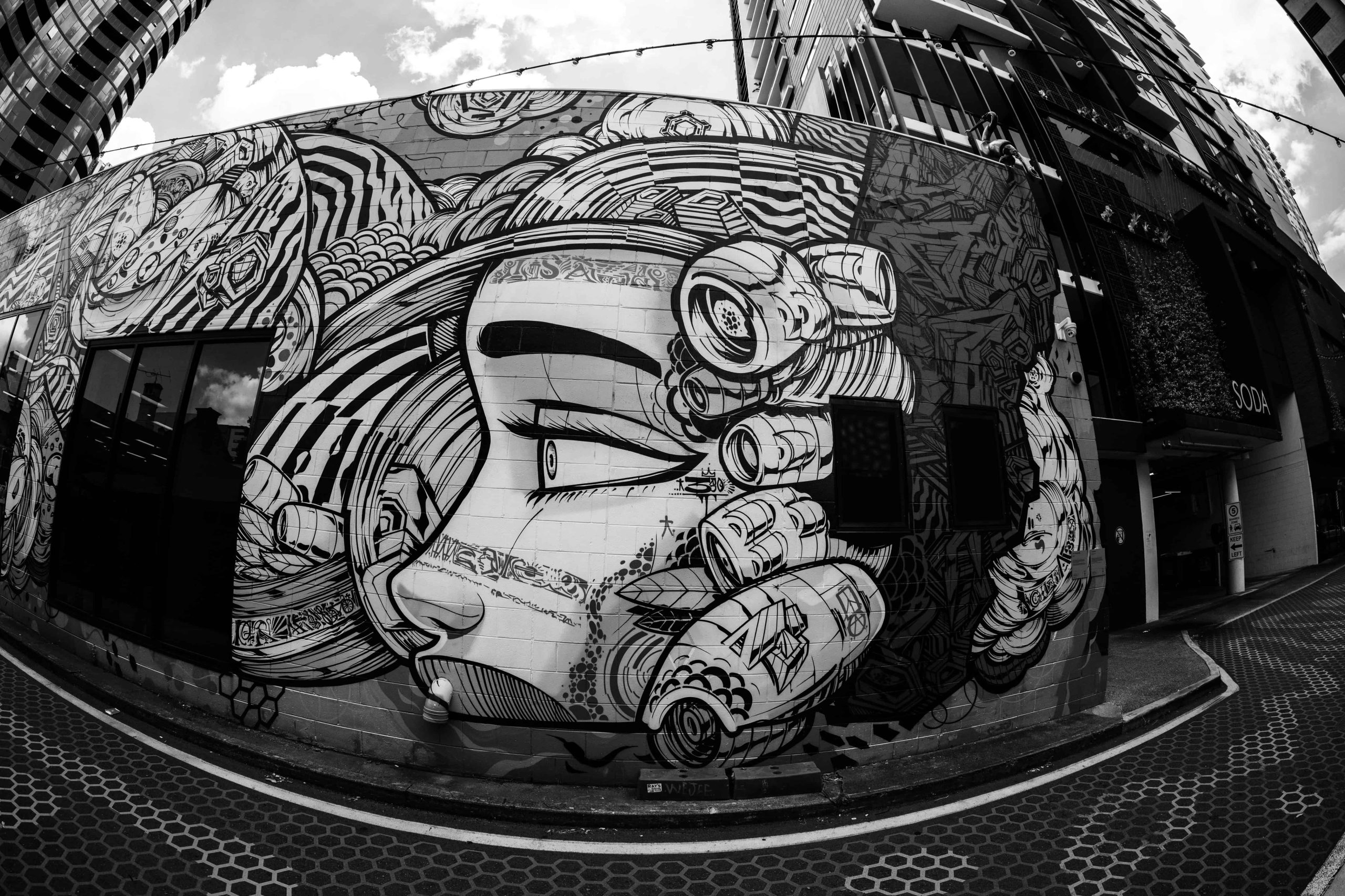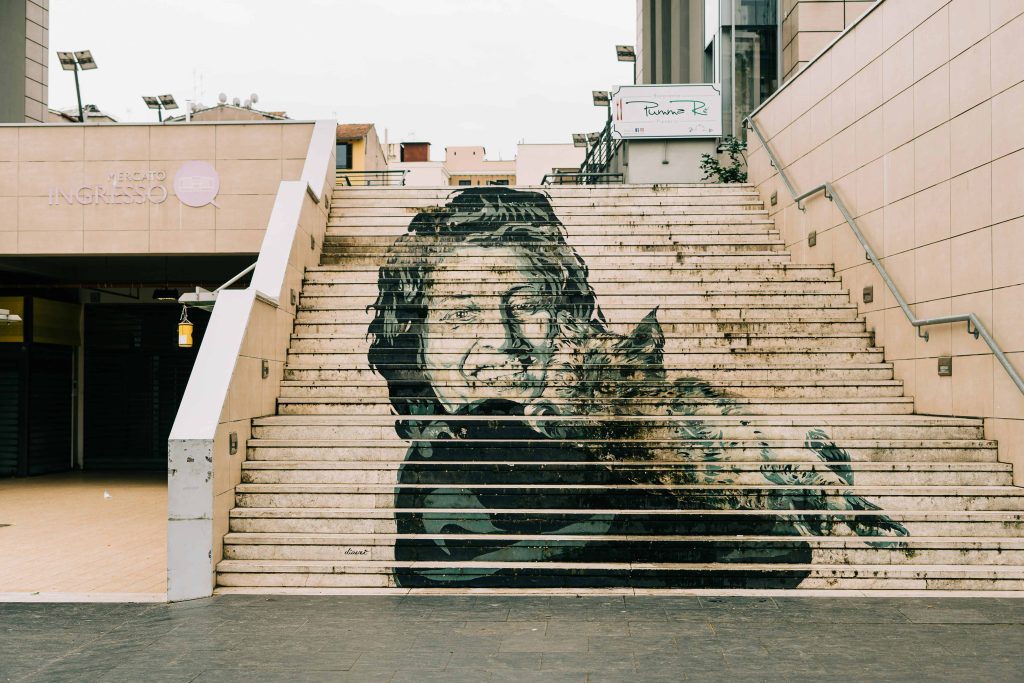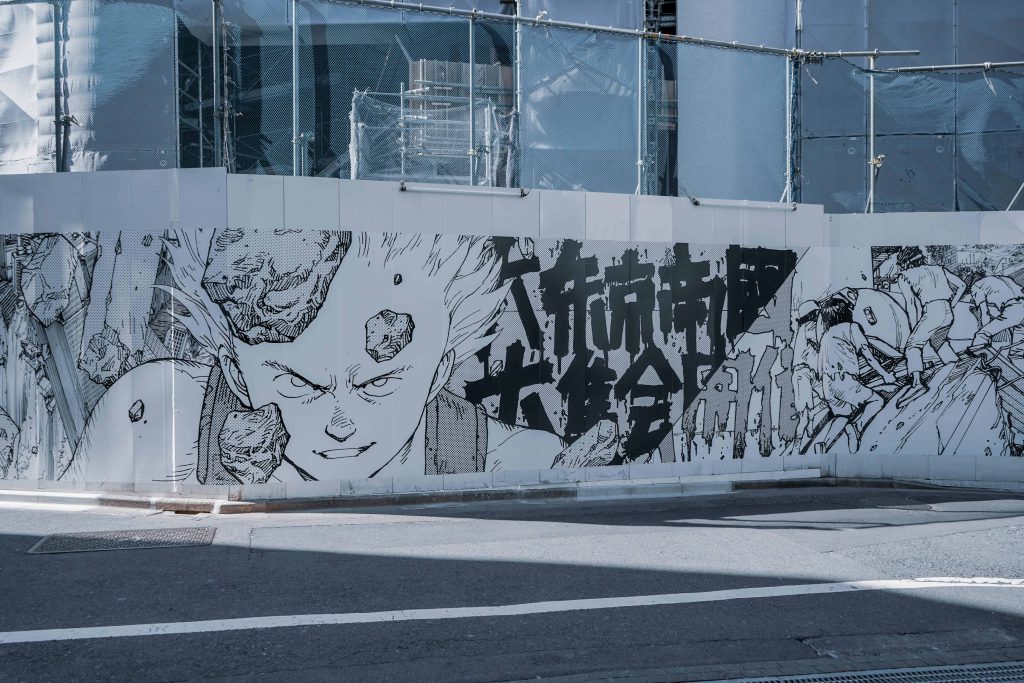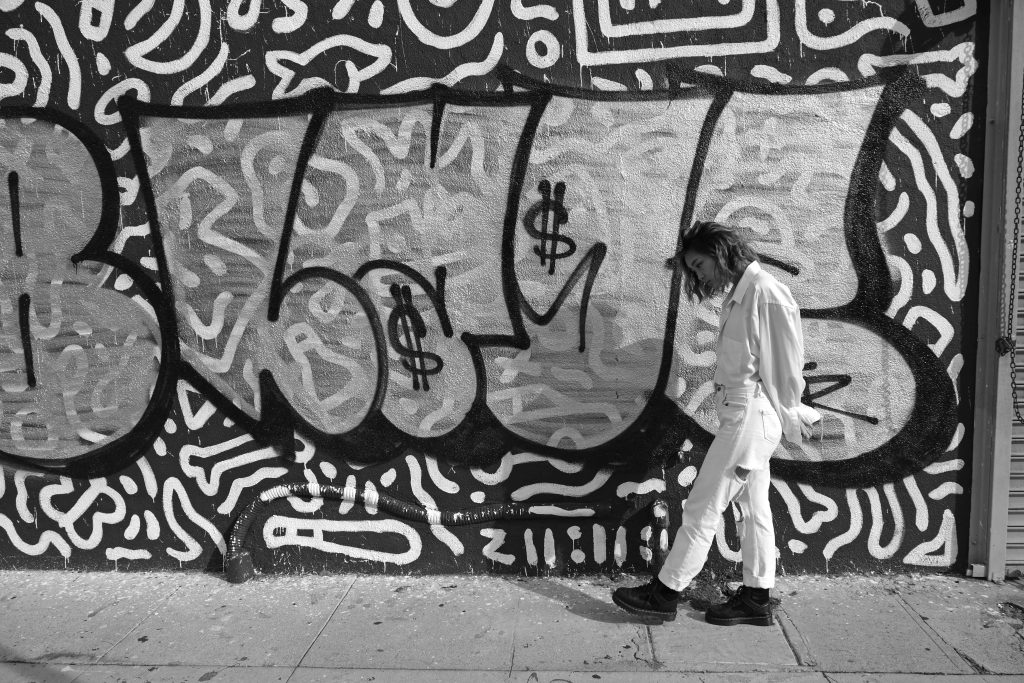
27 May Street Art and Its Role in Urban Society
Street Art and Its Role in Urban Society: Shaping Landscapes and Communities
Street art is more than just graffiti sprayed hastily on city walls. It’s a vibrant form of expression that breathes life into urban landscapes and fosters social dialogue. In this article, we delve into the multifaceted impact of urban art on our cities and communities.
Street art encompasses a diverse range of artistic expressions, including murals, stencils, and installations, among others. Its significance lies not only in its aesthetic appeal but also in its ability to provoke thought and spark conversations. This article aims to explore the transformative power of street art in shaping urban environments and society as a whole.

Impact on Urban Landscapes
Beautification and Revitalization
One of the most apparent effects of street art is its capacity to beautify and revitalize urban spaces. Dull walls and empty lots are transformed into vibrant, artistic areas that captivate the imagination. Street art contributes to the unique character and cultural identity of a city, making it more appealing to residents and visitors alike.
Reclaiming Neglected Areas
Urban art serves as a powerful tool for reclaiming neglected areas within cities. By discouraging vandalism and providing a positive artistic outlet, it helps deter antisocial behavior and draws attention to overlooked parts of the urban landscape. These once-forgotten spaces become focal points of creativity and community engagement.
Sparking Urban Dialogue
Moreover, street art acts as a catalyst for urban dialogue. It serves as a medium for expressing diverse perspectives and challenging societal norms. By creating conversation starters and prompting reflection on the city’s environment, street art encourages citizens to engage critically with their surroundings and envision possibilities for positive change.

Impact on Society
Social Commentary and Advocacy
Street art often serves as a platform for artists to address pressing social issues. Whether it’s political unrest, environmental degradation, or social injustice, street artists use their work to raise awareness and provoke discussions. Through powerful imagery and poignant messages, street art becomes a voice for the marginalized and a call to action for societal transformation.
Fostering Community Pride and Identity
Furthermore, street art plays a vital role in fostering community pride and identity. By reflecting local stories and experiences, it creates a sense of belonging and ownership within a neighborhood or district. Residents take pride in the artworks that adorn their streets, recognizing them as symbols of their shared history and aspirations.
Encouraging Social Interaction and Cohesion
Lastly, street art encourages social interaction and cohesion within communities. Whether it’s admiring a mural together or discussing its meaning, public art serves as a catalyst for meaningful connections. By bringing people together through shared experiences and sparking conversations, urban art strengthens the social fabric of cities and promotes a sense of unity among diverse populations.

Conclusion
In conclusion, street art plays a pivotal role in shaping urban spaces and social dynamics. Despite potential challenges such as obtaining permission and combating vandalism, its overall contribution to cities and communities is undeniably positive. By beautifying landscapes, fostering dialogue, and building community pride, urban art enriches our urban environments and inspires us to reimagine the world around us.
Key Takeaways
- Urban Landscape Transformation: Street art revitalizes and beautifies urban spaces, turning dull walls into vibrant, artistic areas that enhance the cultural identity of a city.
- Community Engagement: It reclaims neglected areas, discourages antisocial behavior, and fosters community engagement by providing a positive artistic outlet.
- Catalyst for Dialogue: Street art serves as a medium for expressing diverse perspectives, challenging societal norms, and sparking critical urban dialogue.
- Social Impact: It addresses pressing social issues, fosters community pride and identity, and encourages social interaction and cohesion within diverse communities.
- Overall Contribution: Despite challenges, urban art positively enriches urban environments, inspiring us to reimagine our surroundings and promoting unity among residents.
FAQs
What forms of art are considered street art?
Wall art encompasses various artistic expressions, including murals, stencils, installations, wheatpasting, and more. These forms of art are often created in public spaces to engage the community and spark dialogue.
How does street art impact urban landscapes?
Wall art beautifies and revitalizes urban spaces by transforming dull walls and neglected areas into vibrant artistic displays. It helps reclaim neglected spaces, discourages vandalism, and shapes the character and cultural identity of a city.
What role does street art play in society?
Urban art serves as a platform for social commentary, addressing issues like political unrest and social injustice. It fosters community pride and identity by reflecting local stories and encouraging social interaction by bringing people together through shared experiences and conversations.
Lorem ipsum dolor sit amet, consectetur adipiscing elit. Ut elit tellus, luctus nec ullamcorper mattis, pulvinar dapibus leo.
Join us on a journey through the auditory realm of art promotion, where each episode promises to inspire and inform, leaving you with fresh perspectives and actionable ideas.

